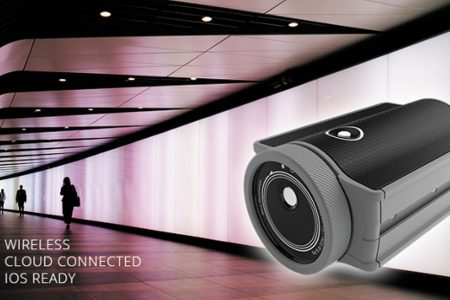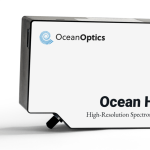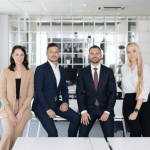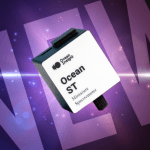Faster, Easier Lighting Assessment with WaveGo Handheld Spectrometer
Challenge:
Arup, a global engineering and consulting firm, requires accurate, easy to use tools to monitor lighting for its customers interested in constructing and maintaining healthy building environments.
The new WaveGo handheld device for light measurement is compact and light, communicates with your smartphone and has a built-in battery.
Solution:
WaveGo is a simple, smartphone-connected device for characterizing light. When paired with its smartphone application, the handheld device can measure lighting characteristics important to human-centric lighting, such as melanopic lux, blue light exposure and absolute irradiance.
Background:
Employee wellness is a hot topic. Workplace wellness initiatives have been directly linked to increased productivity and decreased medical absences. Also, wellness characteristics are frequently cited as a company selling point, helping employers in their efforts to attract top talent.
Well-timed with this increased corporate interest in wellness, the International WELL Building Institute (IWBI) has developed lighting guidelines as part of its WELL Building Standard (WELL, for short). These guidelines aim to quantify and standardize one aspect of employee wellness in the workplace. The standard ensures that the lighting within an indoor space has been designed to positively impact our circadian rhythms, which regulate sleep, thus contributing to increased wellness for building occupants.
Case Study:
As a global engineering and consulting firm, Arup frequently trials new lighting innovations in their own workspace before using them in design work and recommending them to clients. This includes measuring lighting parameters that meet WELL.
Equivalent Melanopic Lux (EML) is the key metric of the circadian lighting design section of WELL. Currently, EML measurement requires time-consuming and complicated calculations. These complex calculations, coupled with the laborious nature of commissioning individual lights (a type of quality assurance process), makes assessing the EML of lighting especially cumbersome.
That’s why the Arup office in Chicago, Ill., turned to the Wave Illumination team of Ocean Optics to help measure the EML of newly installed lights in its office, as our WaveGo equipment captures data quickly and requires minimal background technical knowledge to operate. Additional support is available via WaveCloud, an integrated cloud storage platform.
The new lights in question aim to meet the WELL target EML level. Our goal was to provide Arup with a quick commissioning tool, one that could be used not only for this project, but for future lighting tests undertaken by the office. The mission was accomplished – within 10 minutes, we assessed 10 lights for EML throughout Arup’s open office space.
Conclusion:
Currently, there are limited light measurement solutions on the market accessible to a wide range of user types. Few technologies allow engineering firms like Arup or building owners and stakeholders to quickly and easily take measurements of the lighting within their spaces and automatically record the results.
Now armed with a WaveGo unit of their own, Arup can have both technical and non-technical users quickly assess any luminaire for any key lighting metric, as well as show conformity to WELL. This will prove useful for Arup’s internal product assessments and as a demonstration tool for clients visiting their offices and in the field.





